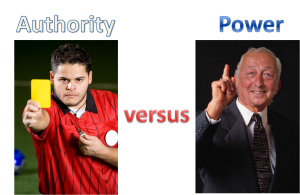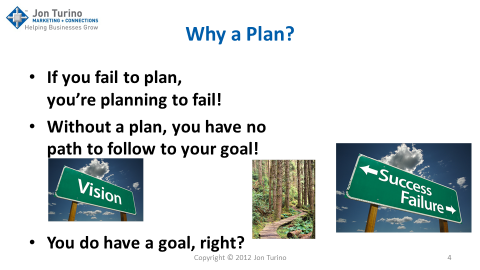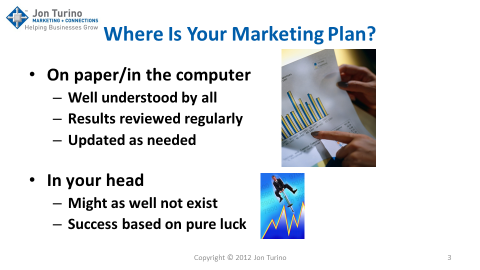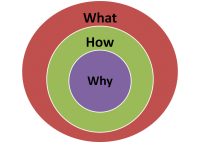 How’s Your Scotoma Quotient?
How’s Your Scotoma Quotient?
If you aren’t familiar with the term, WebMD defines the scotoma as “An isolated area of varying size and shape, within the visual field, in which vision is absent or depressed.” And as “A blind spot in psychological awareness.” The first one discusses a physical manifestation while the second refers to a psychological manifestation. And that is the one I want to talk about.
The psychological scotoma is most often discussed in the context of cognitive dissonance — typically described as the feeling of discomfort when simultaneously holding two or more differing ideas, beliefs, values or emotional reactions. The phrase was coined by Leon Festinger in 1956 and published in his 1957 book called “A Theory of Cognitive Dissonance.” According to Festinger, people engage in a process he termed “dissonance reduction” which can be achieved in one of three ways: lowering the importance of one of the discordant factors, adding consonant elements, or changing one of the dissonant factors.
In plain English what is being said is this: If reality as you are experiencing it does not match the vision of reality that you are holding in your mind, you will feel disharmony. And your subconscious mind will do whatever it takes to resolve that disharmony by either changing or applying a scotoma (blind spot) to your currently held vision or causing you to do whatever is necessary to change your current reality into something that matches your currently held vision.
This theory, which is one of the most influential and extensively studied theories in social psychology, is the basis for a technique called visual image formation. Using this method you create picture in your mind of how things are when you have achieved your goals. The picture is created in the present tense and is supported by a connected emotional good feeling like lying on a beach or getting married (presuming that was a happy experience!). If your current reality doesn’t match this picture, your creative subconscious will help you do the things you need to make reality as it is match reality as you envision it.
There is a great book called The Magic of Believing, written by Claude M. Bristol and published in 1983, that goes into this theory in great practical rather than scientific detail and I highly recommend it to you. Because it also warns of the second way in which disharmony can be resolved: by altering your mental vision, typically with a scotoma. Your creative subconscious will resolve the disharmony,but you want that to happen by fixing your reality, not altering your vision. Or “patching” it with a scotoma to block out the uncomfortable or disharmonious feelings.
It helps sometimes to revisit your vision on a regular basis to make sure that certain parts of it haven’t been papered over with scotomas that have reduced your energies toward making reality as it is match reality as it should be.
There’s a lot more to this story than will fit here and perhaps I’ll elaborate in a future post. In the meantime, please let me have your comments on this post. Thanks for reading and I hope this helps you identify and eliminate your scotomas.








